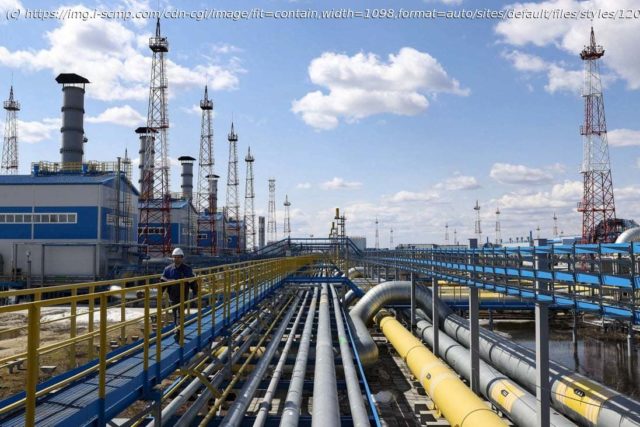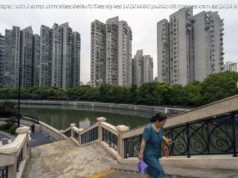Beijing is seen in the region as a reliable partner compared with the US and Russia, analyst says.
China is increasingly looking to Central Asia as a major energy partner, with joint projects expected to be on the agenda at a regional summit from Thursday. Chinese President Xi Jinping and his counterparts from Kazakhstan, Kyrgyzstan, Tajikistan, Turkmenistan and Uzbekistan will be in the northwestern Chinese city of Xian for a two-day China-Central Asia summit, an event that comes as China faces growing decoupling pressure from the US-led West. “As a neighbouring region to China, Central Asia has been at a prominent place in China’s overall diplomatic landscape, and energy cooperation is an effective means to push forward cooperation in other areas from the economy to security and other political issues,” said Cui Shoujun, an international relations professor with Renmin University in Beijing. Stretching from China in the east to the Caspian Sea in the west, Central Asia – traditionally considered Russia’s backyard – has abundant reserves of oil, gas and coal, particularly in Kazakhstan, Uzbekistan and Turkmenistan. There is also huge untapped hydropower potential in Tajikistan and Kyrgyzstan, according to the World Bank. Energy cooperation between China and Central Asia started as early as the 1990s, when Beijing, after over two decades of economic opening up, pushed its enterprises to invest overseas. In 1997, state-owned China National Petroleum Corporation’s (CNPC) maiden acquisition was a 60 per cent stake in Aktobemunaigas, an oil and gas company in Kazakhstan’s northwestern Aktobe province. Hailed by Chinese state media as “a model of cooperation” between China and Kazakhstan, the deal paved the way for the construction of a 2,200km (1,360-mile) pipeline to deliver oil to China’s northwestern Xinjiang, a frontier region crucial for the country’s political and ethnic stability. China made further inroads into Central Asia in 2009 when then-Chinese president Hu Jintao, joined by his counterparts from Turkmenistan, Uzbekistan and Kazakhstan in Samandepe in eastern Turkmenistan for the launch of the Central Asia-China gas pipeline.






